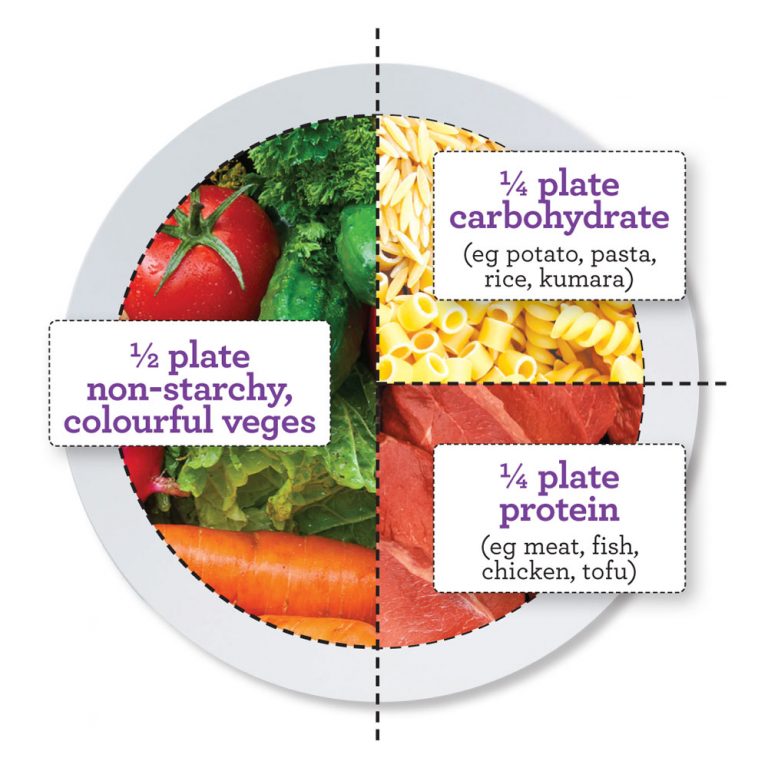Balanced Meal for Type 2 Diabetes
A Comprehensive Guide to Building a Balanced Meal for Type 2 Diabetes
DIABETES


A Comprehensive Guide to Building a Balanced Meal for Type 2 Diabetes
Being diagnosed with type 2 diabetes means revising your eating habits to better control the disease. A balanced diet, featuring healthy foods, can help maintain steady blood sugar levels, decrease the probability of health-related complications, and enhance the quality of your life. This comprehensive guide elucidates how to assemble nutritious, diabetes-considerate meals, with a focus on reducing sugar and unhealthy fats.
How to Construct a Health-Conscious Plate?
1. Visualize Your Plate Into Four Sections
Allocate one-quarter of your plate for protein-filled foods, another quartile for low-to-moderate GI carbohydrates, and the remaining half section should be dedicated to an array of vegetables and salads. This ensures a nutritious balance and aids in portion control. Scaling down plate size can also contribute to sizeable portion reduction.
2. Vegetables Take Center Stage
Endeavor to incorporate at least two servings or ideally three of non-starchy vegetables in your meal. A single serving represents half a cup of cooked veggies or a full cup of salad. Enhance soups, sauces, and oven-cooked meals with grated veggies, or make vegetables the main act rather than relegated to a side role.
For each person:
1 cup* of cooked non-starchy veggies such as cauliflower, broccoli, carrots, etc.
2 cups* of salad including spinach, lettuce, tomatoes, bell peppers, etc.
*Feel free to serve more than these recommended quantities.
3. Incorporate Lean Protein
Consuming protein plays an important role as it prolongs feelings of satiety. Aim for low-fat dairy and lean meat, and ensure to trim visible fat before cooking.
For each person:
2 small (45g) hen eggs
½ cup of cooked legumes like lentils or chickpeas, or a 3-bean mix
120g of tofu
100g of cooked chicken without skin (125g raw)
100g of lean meats like beef, pork or lamb (125g raw)
120g of cooked fish like mackerel, salmon, or canned tuna (170g raw)
40g (approximately two slices) of low-fat cheese
4. Introduce High-Quality Carbohydrates in Controlled Portions
Reduce the glycaemic load of your meal with smaller portions of starchy veggies.
Select low to moderate-GI carbohydrate foods, which can keep your meal's overall GI low. Opt for legumes, grainy breads, pasta, noodles, quinoa, barley, and basmati rice. Notably, legumes are also a protein source in addition to containing low-GI carbs.
For each person:
¼ cup of cooked basmati or brown rice
1 cup of cooked pasta or noodles, preferably wholemeal
1 small wholegrain bread roll or two slices of wholegrain bread
1 cooked small potato or medium kumara
1 medium corn cob
¾ cup of cooked quinoa or couscous
5. Include a Small Portion of Healthy Fats
Healthy fats help reduce the GI of your meals and play a vital role in managing cholesterol levels. Incorporate small quantities of healthy fats from sources such as nuts or seeds, avocado, and olive oil.
It's worth noting that a variety of protein sources like tofu and meat can sufficiently provide fat, hence adding more might not always be necessary.
For each person:
2 teaspoons of pesto or crushed or sliced nuts
1 teaspoon of plant-based oil (like extra virgin olive oil)
2 teaspoons of avocado or salad dressing
1 tablespoon of hummus
